10 Best Herbal Decoctions For Foot Pain
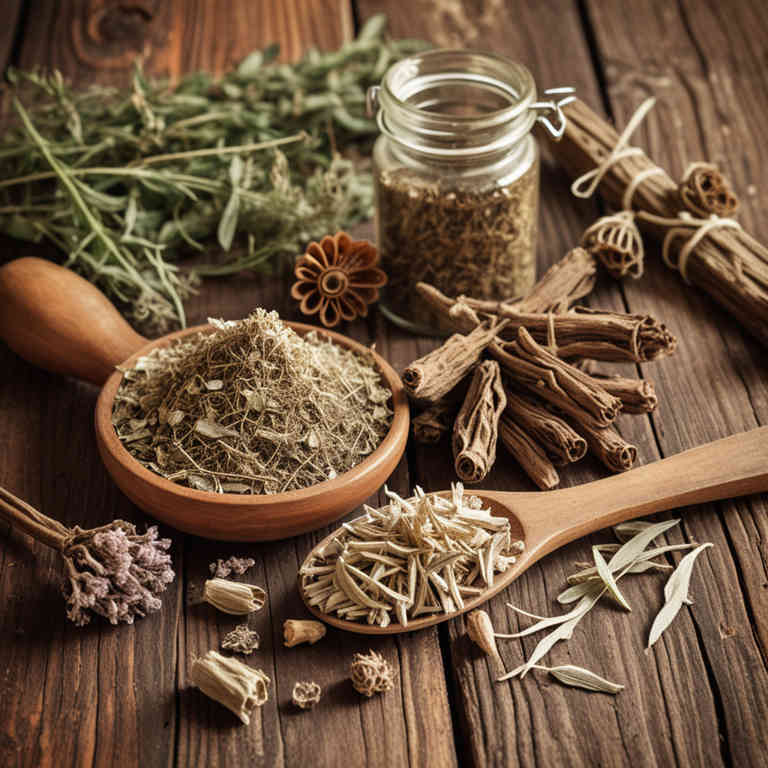
Herbal decoctions have been traditionally used to alleviate foot pain by incorporating a variety of natural ingredients known for their anti-inflammatory and analgesic properties.
Common herbs such as willow bark, ginger, and turmeric are often included in these decoctions due to their ability to reduce inflammation and ease discomfort. To prepare a herbal decoction, the selected herbs are boiled in water for an extended period, allowing the active compounds to infuse into the liquid. This infused solution can then be applied topically to the affected area or consumed as a tea to provide internal relief.
While herbal decoctions may offer a natural alternative to conventional treatments, it is important to consult a healthcare professional before use, especially for chronic or severe foot pain.
FREE Herb Drying Checklist
How to make sure every batch retains maximum flavor, color, and aroma without the risk of mold or over-drying. Eliminate guesswork and trial-and-error, making herb drying faster, easier, and more efficient every time.
Table of Contents
1. Equisetum arvense
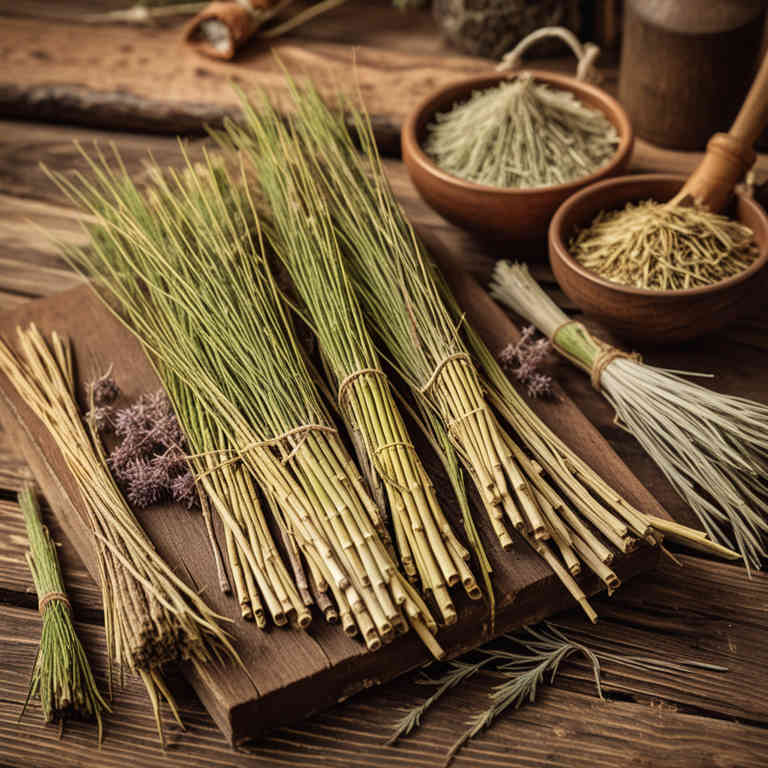
Equisetum arvense, commonly known as field horsetail, has been traditionally used in herbal medicine for its high silica content, which is believed to support joint and tissue health.
Herbal decoctions made from the dried stems of Equisetum arvense are often prepared by simmering the plant in water for an extended period to extract its active compounds. These decoctions may be applied topically as a compress or taken internally to alleviate inflammation and discomfort associated with foot pain. Some proponents suggest that the diuretic properties of horsetail may help reduce swelling and improve circulation in the lower extremities.
However, it is important to consult with a healthcare professional before using Equisetum arvense, as it may interact with certain medications and is not suitable for everyone.
2. Hypericum perforatum
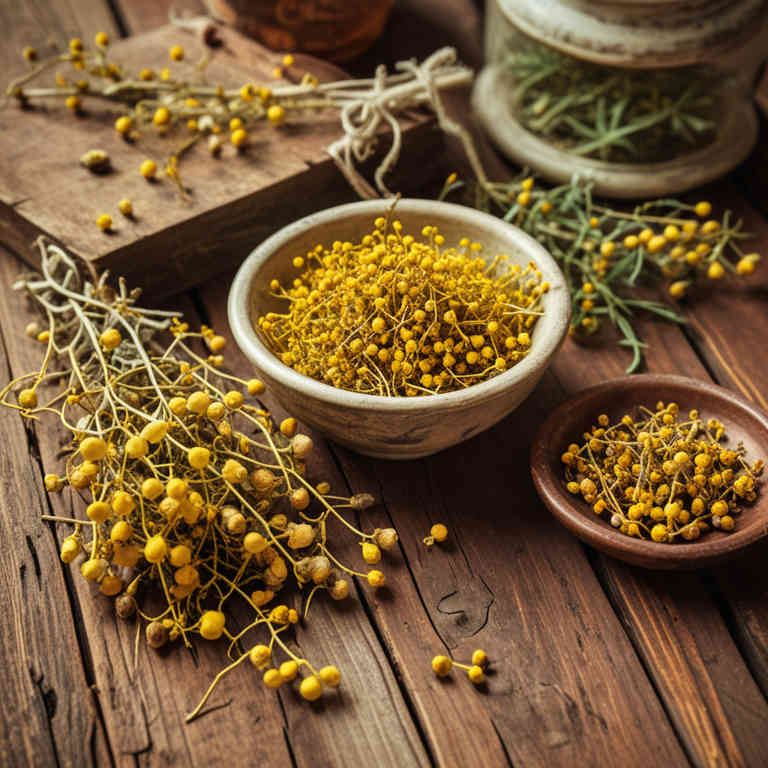
Hypericum perforatum, commonly known as St. John's wort, is a herbal plant often used in the form of a decoction to alleviate various types of pain, including foot pain.
The preparation of a hypericum perforatum decoction involves simmering the dried herb in water to extract its active compounds, such as hypericin and hyperforin, which are believed to have anti-inflammatory and analgesic properties. When applied topically, the decoction may help reduce inflammation and soothe discomfort in conditions like plantar fasciitis or arthritis affecting the feet. However, it is important to consult a healthcare professional before using it, as it may interact with certain medications.
Despite its potential benefits, the effectiveness of hypericum perforatum decoctions for foot pain can vary, and it should be used as part of a comprehensive treatment plan.
3. Achillea millefolium
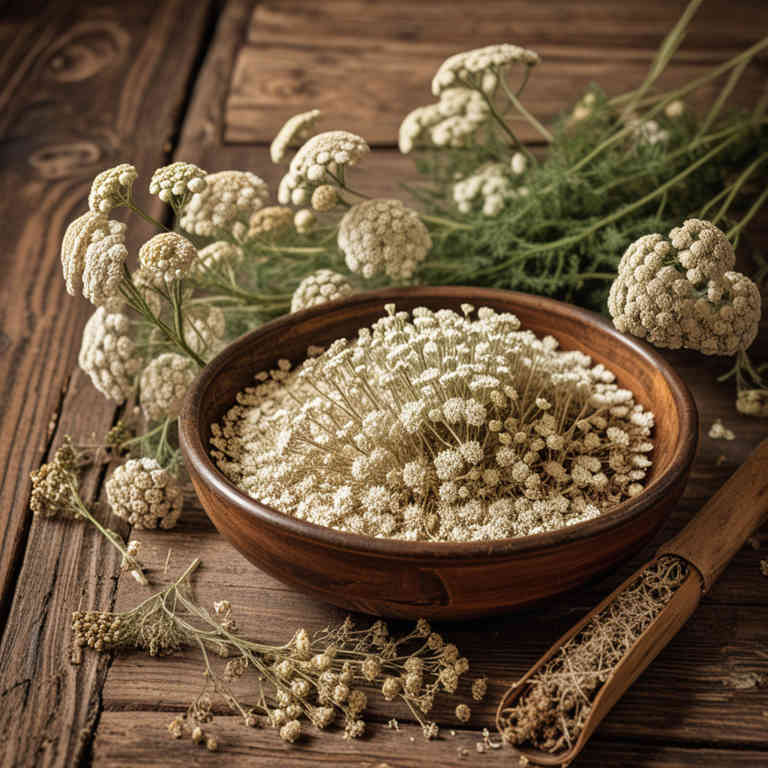
Achillea millefolium, commonly known as yarrow, has been traditionally used in herbal medicine for its anti-inflammatory and analgesic properties.
When prepared as a decoction, it can be applied topically to the feet to alleviate pain and reduce swelling associated with conditions such as plantar fasciitis or arthritis. The active compounds in yarrow, including flavonoids and essential oils, contribute to its soothing effects on the skin and underlying tissues. To prepare the decoction, dried yarrow leaves and flowers are simmered in water for about 15-20 minutes, then cooled and applied as a compress.
While generally considered safe, it is advisable to consult a healthcare professional before using yarrow for persistent or severe foot pain to ensure it is appropriate for the individual's condition.
4. Cnicus benedictus

Cnicus benedictus, commonly known as blessed thistle, has been traditionally used in herbal medicine for its potential anti-inflammatory and analgesic properties.
When prepared as a herbal decoction, it is often employed to alleviate foot pain by reducing inflammation and soothing irritated tissues. The decoction is typically made by simmering the dried leaves and stems in water for several minutes, allowing the active compounds to infuse into the liquid. This remedy is particularly favored for its mild nature and minimal side effects, making it a popular choice for those seeking natural relief from chronic foot discomfort.
However, it is advisable to consult with a healthcare professional before using Cnicus benedictus to ensure it is safe and appropriate for individual health conditions.
5. Zingiber officinale
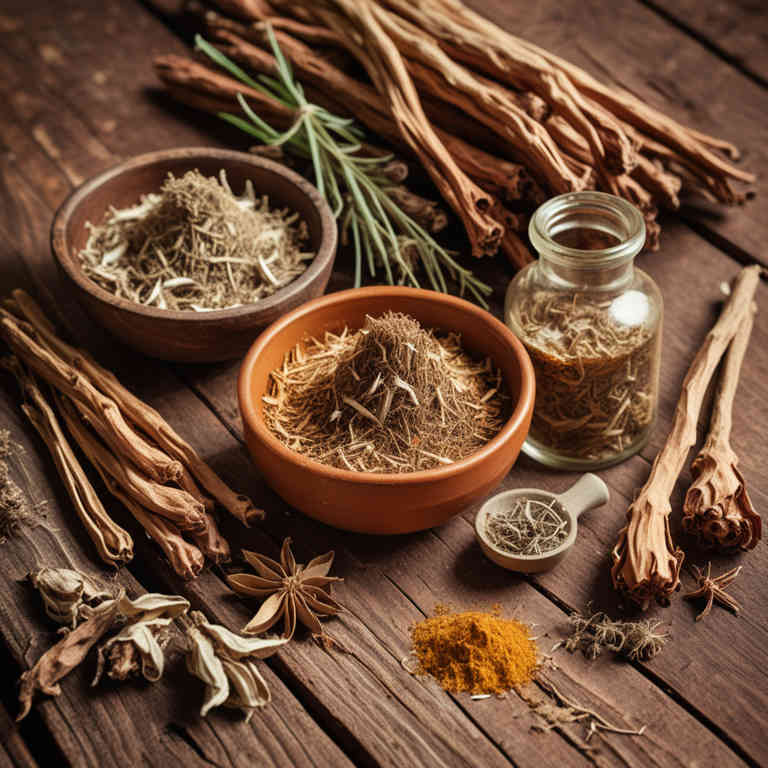
Zingiber officinale, commonly known as ginger, has been traditionally used in herbal medicine for its anti-inflammatory and analgesic properties.
Herbal decoctions made from fresh or dried ginger roots can be prepared by simmering the root in water to extract its active compounds, such as gingerol and shogaol. These decoctions may help alleviate foot pain by reducing inflammation and improving circulation in the affected area. Some studies suggest that ginger's natural compounds may interfere with pain-signaling pathways, offering a natural alternative to conventional pain relievers.
However, it is important to consult a healthcare professional before using ginger decoctions, especially for chronic or severe foot pain, to ensure safety and effectiveness.
6. Vitex agnus-castus

Vitex agnus-castus, commonly known as chaste tree, has been traditionally used in herbal medicine for its potential anti-inflammatory and pain-relieving properties.
While it is often associated with hormonal balance and menstrual health, some studies suggest that its compounds may help reduce inflammation and alleviate pain in various conditions. When prepared as a herbal decoction, vitex agnus-castus can be applied topically or taken internally, depending on the specific formulation and intended use. However, it is important to consult a healthcare professional before using it for foot pain, as it may interact with certain medications or have contraindications for specific health conditions.
Despite its traditional use, more clinical research is needed to fully understand its efficacy and safety for treating foot pain.
7. Arnica montana
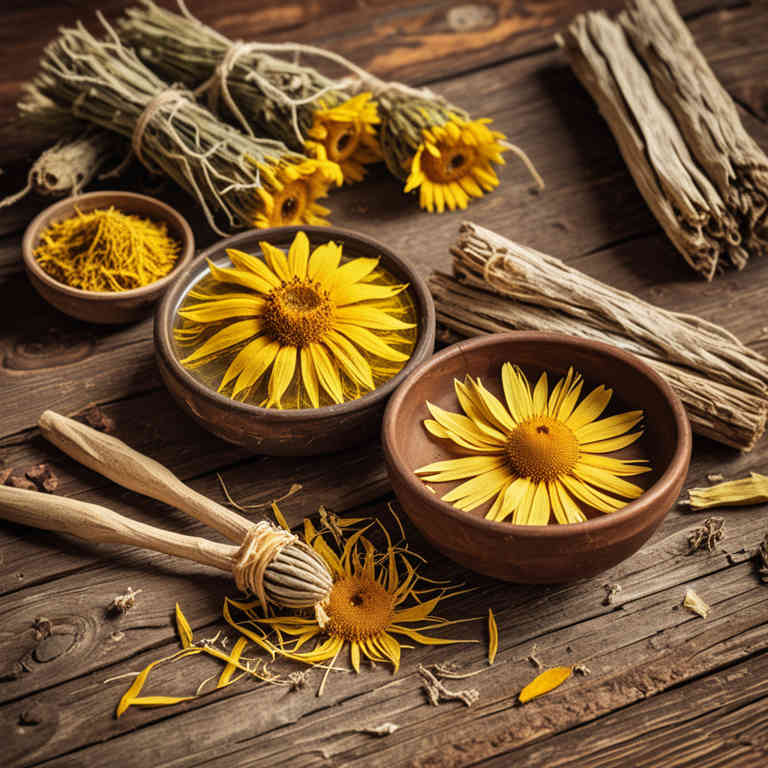
Arnica montana, a popular herbal remedy, is often used in the form of a decoction to alleviate foot pain, particularly from injuries or inflammation.
The preparation involves simmering the dried root of the plant in water to extract its active compounds, such as sesquiterpene lactones and flavonoids, which are believed to have anti-inflammatory and analgesic properties. When applied topically as a compress or poultice, arnica decoctions can help reduce swelling, bruising, and discomfort in the feet. However, it is important to note that arnica should not be ingested, as it can be toxic when taken internally.
While some people find relief with this herbal treatment, it is advisable to consult a healthcare professional before use, especially for chronic or severe foot conditions.
8. Rhus toxicodendron
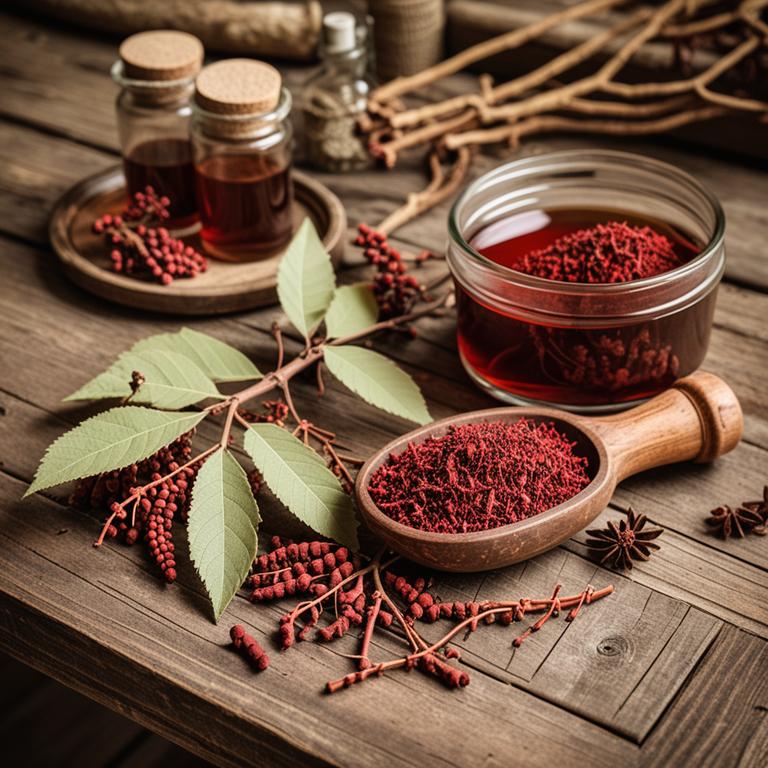
Rhus toxicodendron, commonly known as poison ivy, has been used in herbal medicine for its anti-inflammatory and analgesic properties.
When prepared as a herbal decoction, it is often employed to alleviate foot pain associated with conditions such as arthritis, gout, or plantar fasciitis. The decoction is typically made by simmering the dried leaves or roots in water for an extended period to extract its active compounds. Some traditional practitioners recommend applying the decoction externally as a compress or soaking the affected area to reduce swelling and discomfort.
However, due to its potential allergenic effects, it is important to consult a qualified herbalist before use, especially for individuals with a history of skin sensitivity.
9. Lavandula angustifolia
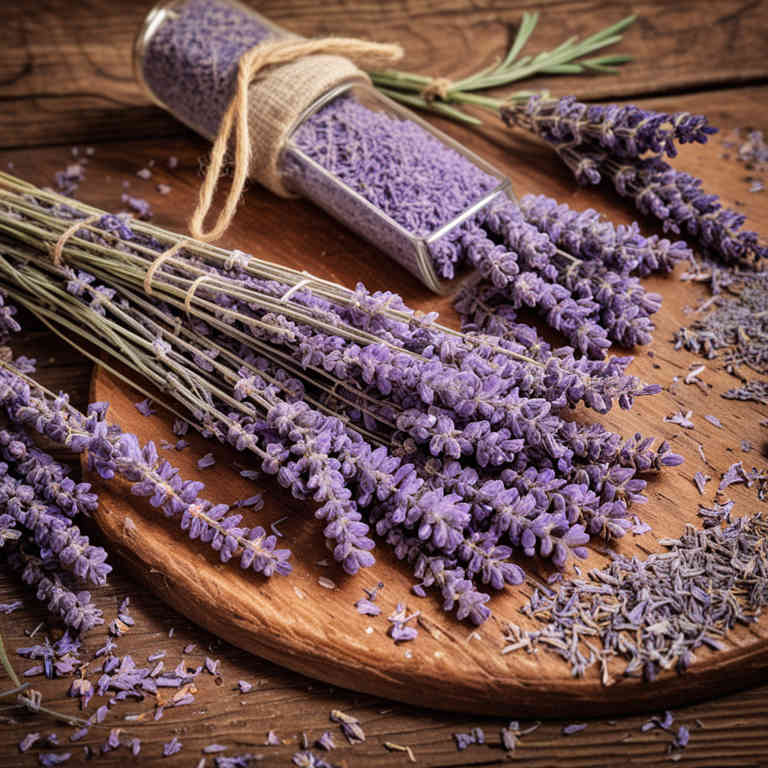
Lavandula angustifolia, commonly known as English lavender, has been traditionally used in herbal medicine for its calming and anti-inflammatory properties.
When prepared as a herbal decoction, lavender can be applied topically to the feet to alleviate pain and reduce inflammation associated with conditions such as plantar fasciitis or arthritis. The active compounds in lavender, including linalool and linalyl acetate, contribute to its analgesic and antispasmodic effects. To prepare the decoction, dried lavender flowers are simmered in water for approximately 15-20 minutes, then strained and cooled before application.
This natural remedy offers a soothing alternative for those seeking relief from foot pain without the use of pharmaceutical medications.
10. Curcuma longa
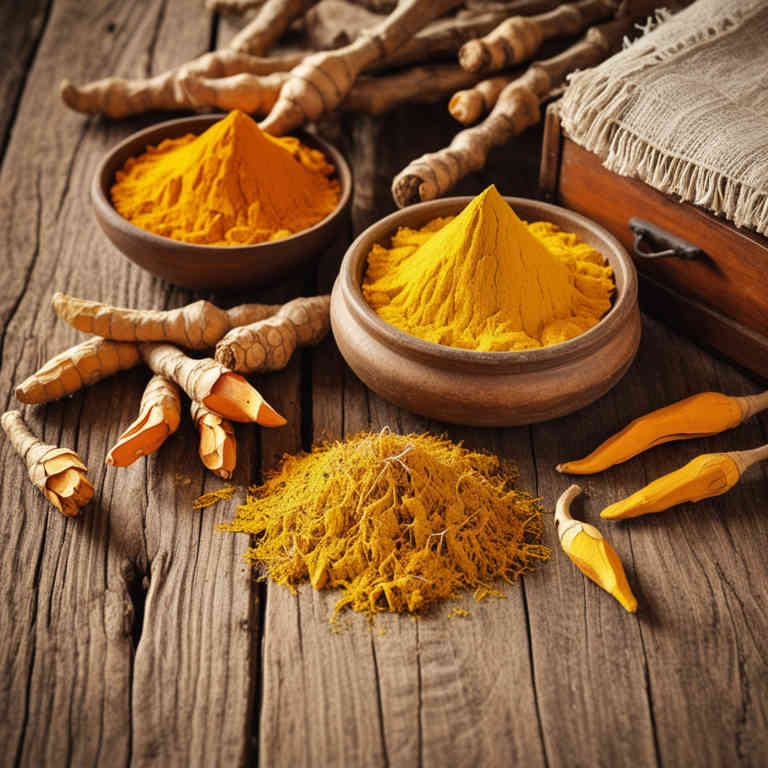
Curcuma longa, commonly known as turmeric, has been widely used in traditional medicine for its anti-inflammatory and analgesic properties.
Herbal decoctions made from the rhizomes of Curcuma longa are often prepared by boiling the dried root in water to extract its active compounds, such as curcumin. These decoctions may be applied topically to the affected area or consumed orally to help alleviate symptoms of foot pain. The anti-inflammatory effects of curcumin can reduce swelling and discomfort associated with conditions like plantar fasciitis or arthritis.
However, it is important to consult a healthcare professional before using turmeric decoctions, as they may interact with certain medications or have side effects in some individuals.